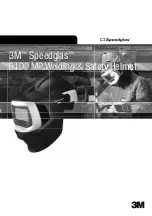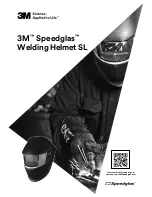
53
at least three hours. If you check air pressure
when your tyres are "warm"-when the vehicle
has been ridden for even a few km-the
readings will be higher than if the tyres were
"cold". This is normal, so do not let air out of
the tyres to match the recommended cold air
pressures given below. If you do, the tyres will
be under-inflated.
Over-inflated tyres make your vehicle ride
harshly, are more prone to damage from road
hazards, and wear unevenly.
We recommend that you visually check your
tyres before every ride and use a gauge to
measure air pressure at least once a month or
any time you think the tyres pressure might be
low. Tubeless tyres have some self-sealing
ability if they are punctured. However,
because leakage is often very slow, you should
look closely for punctures whenever a tyre is
not fully inflated.
Always check air pressure when your tyres are
"cold"-when the vehicle has been parked for
The recommended “cold” tyre pressures are:
Front
Rear
2
1.75
kg
f
/cm (2
5
psi)
2
2.00 kg
f
/cm (28 psi)
2
1.75
kg
f
/cm (2
5
psi)
2
2.80 kg
f
/cm (41 psi)
Rider only
Rider and Pillion
Over inflation/Under inflation will affect the
performance.
CAUTION
!
!
(1) Air pressure gauge
Look for:
•
Bumps or bulges in the side of the tyre or
the tread. Replace the tyre if you find any
bumps or bulges.
Whenever you check the tyre pressure, you
should also examine tyre treads & side walls
for wear, damage & foreign objects.
•
Cuts, splits or cracks in the tyre. Replace the
tyre if you can see fabric or cord.
Inspection
1
















































